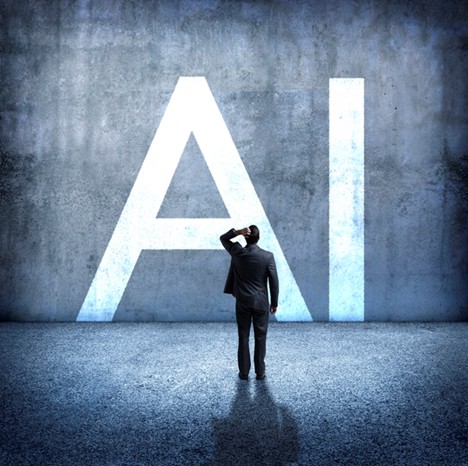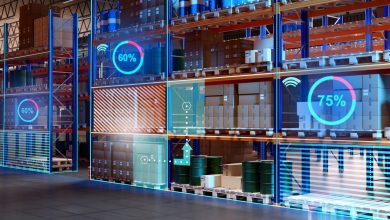
The ability of Generative AI to generate content and replicate human-like interactions has revolutionized various industry sectors, including business, entertainment, and beyond. However, as with every advancement, there are inherent challenges.
We’re witnessing a fascinating shift in cybersecurity. Corporate defenders are using security technology against attackers who are increasingly employing AI as their weapon of choice, and it’s completely changing the game.
Cybercriminals are utilizing AI to create sophisticated phishing scams that can realistically mimic human voices, videos, and texts – scary stuff, right? But the good news is that organizations aren’t defenseless.
One of the most pressing concerns is the ease with which AI can generate fake content that is indistinguishable from reality. For example, a year ago, an image of a ‘satanic bear’ supposedly created at a Build-a-Bear store was circulated on the web. It ended up, not surprisingly, being a hoax.
This incident ultimately hurt the Build-a-Bear brand. As AI continues to evolve, this challenge will only intensify, and with it, the volume of malicious fake images and information will increase exponentially.
The Growing Problem of AI-Generated Fakes
The development of AI models capable of creating hyper-realistic images, videos, and audio recordings has reached a point where deception is no longer a matter of blurry photos or poorly scripted fake news. This CNET article asks readers to distinguish between AI-generated photos and original images taken with a camera. It is almost impossible to tell the difference. asks readers to distinguish between AI-generated photos and original images taken with a camera. It is almost impossible to tell the difference.
AI-generated content now includes lifelike deepfakes—videos where a person’s face or voice is convincingly replaced with someone else’s, often with malicious intent. This poses a serious risk not only for individuals but also for institutions, governments, and businesses that rely on the authenticity of content to operate effectively.
As AI technology continues to advance, bad actors will be able to create these deepfakes without acquiring advanced skills. Unfortunately, the impact of this will be profound, and not just in the political or social realm. It will also have severe economic consequences, as user vulnerability will increase due to the inability to distinguish real content from fake images.
The rising threat of AI-generated deception brings us to a crucial question – how can we protect ourselves from this new wave of digital manipulation? While we can’t fully control AI-generated fakes, we can employ solutions that help people distinguish authentic content from fraudulent material.
How Corporate Security Teams are Thwarting Deepfakes
Security teams are fighting back with highly effective security tools by deploying technology that can detect unusual patterns day and night, automating tedious tasks. The sheer volume of cyber threats is too massive – it’s like trying to spot individual raindrops in a storm. That’s why more organizations are also turning to cryptographic-based solutions to expose fake content that attackers use to infiltrate digital systems.
The Role of Cryptography in Fighting Fakes
Cryptography is the foundation for PKI, which is a set of technologies and policies that allow users to securely exchange information over a network and verify the identity of the sender and the integrity of the data. At its core, PKI is cryptographic technology that binds a user’s identity to digital content, much like a human signature binds a person to a physical document.
With PKI, digital objects such as documents, images, or videos are cryptographically signed, ensuring that the content originates from a verified source. This is possible because the signature is tied to the unique identity of the creator or sender through a public-private key pair. When users encounter digital content, they can easily verify the authenticity of the object through the cryptographic signature. If any part of the content is altered or tampered with, the cryptographic binding is broken, signaling to users that the content is no longer trustworthy.
This technology facilitates content authentication, providing users with the necessary tools to distinguish between genuine and counterfeit materials.
It’s essential, of course, for individuals and organizations to foster a culture of digital literacy and awareness in this. Educating users on how to recognize the signs of fake content and how to use tools like PKI to verify authenticity will go a long way in combating the spread of misinformation.
Building Trust in a Digital World
As AI continues to evolve, we must acknowledge both its incredible potential and its capacity to deceive. We must approach it responsibly. This is why I am very pleased to see that various industry organizations such as The Coalition for Content Provenance and Authenticity (C2PA) are working in this direction to help users make a better judgement on the originality of content. Such initiatives provide the necessary input and oversight to be certain that we develop ways to improve how we use AI while safeguarding against its misuse. Only then can we ensure a digital world where trust and authenticity remain intact, even in the face of more convincing AI-generated content.



